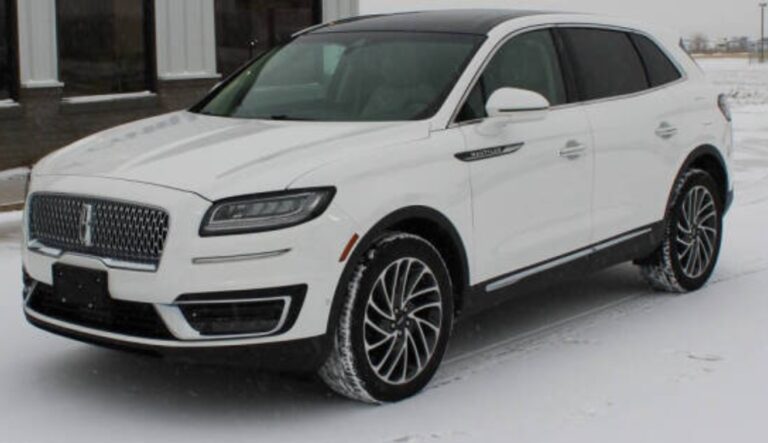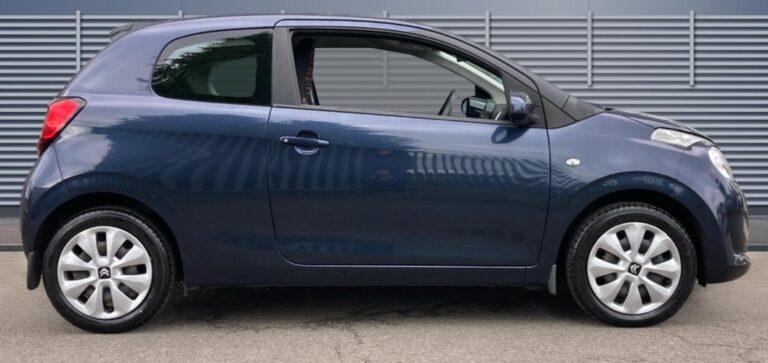The Evolution of the Scion iA and iQ: A Comprehensive Overview
The Scion brand was introduced by Toyota in 2003 as a separate division aimed at younger buyers, emphasizing affordability, sporty styling, and customization options. Among its initial offerings were compact models like the Scion xA and xB, which laid the groundwork for a lineup that would evolve over the years. Two notable models within the Scion portfolio were the iQ and iA, representing Toyota’s efforts to appeal to urban drivers seeking efficient, stylish, and affordable transportation options. This article provides a detailed history of the Scion iA and iQ, including their production timelines, models, trim levels, and key features.
The Scion iQ: Introduction and Evolution
Introduction and Production Years (2012–2019)
The Scion iQ was introduced to North America in 2012 as a subcompact city car, based on the Toyota iQ model originally launched in Japan and Europe in 2008. It was designed to optimize urban mobility with a compact footprint, innovative interior packaging, and efficient performance. The iQ was produced in Japan and assembled in the United States at the Toyota facility in Princeton, Indiana.
Model Years and Key Features
- 2012–2014 (First Generation) The initial North American model of the Scion iQ was launched in 2012 as a 2012 model year vehicle. It was powered by a 1.3-liter four-cylinder engine paired with a continuously variable transmission (CVT). The 2012 iQ was offered primarily in one trim level, known as the Base, with optional packages. Trim Levels and Packages:
- Base: The standard model included features like keyless entry, air conditioning, power windows and locks, a 7-inch touchscreen infotainment system with Bluetooth, and a rearview camera. It was equipped with 15-inch alloy wheels.
- Plus Package: Included upgraded interior materials, a premium audio system, and additional convenience features.
- Safety Features: Standard safety features included anti-lock brakes (ABS), stability control, traction control, and multiple airbags.
- 2013–2014 Updates For these model years, the iQ remained largely unchanged, though Toyota occasionally introduced minor feature updates or packages. The 2014 model received some feature upgrades, including a standard rearview camera and optional navigation system.
- 2015–2016: Facelift and Special Editions In 2015, the 2016 model year saw a mid-cycle refresh to keep the iQ competitive. The update included a more refined front fascia, LED daytime running lights, and interior upgrades like new upholstery options. The powertrain remained unchanged.
- Special Editions:
- 2015 Black and White Editions: Featured unique paint schemes and interior accents.
- 2017–2019: Discontinuation The 2017 model year introduced minor updates, such as new wheel designs and additional color options. However, declining sales and the shift toward SUV and crossover segments led Toyota to discontinue the Scion iQ after the 2019 model year, ending its production in 2019.
Key Specifications:
- Engine: 1.3L I4 (1NZ-FE)
- Power: Approximately 94 horsepower
- Transmission: CVT
- Fuel Economy: Up to 36 MPG city / 37 MPG highway
- Dimensions: Length around 120 inches, width approximately 66 inches
The Scion iA: The Entry-Level Sedan
Introduction and Production Years (2016–2019)
The Scion iA was introduced in 2015 as a 2016 model year vehicle, marking Toyota’s first entry into the subcompact sedan market under the Scion brand. It was essentially a rebadged version of the Mazda2 sedan, which was sold in other markets. The iA aimed to offer an affordable, stylish, and fuel-efficient sedan targeting young urban buyers.
Model Years and Key Features
- 2016–2019 (First and Only Generation) The iA was produced from 2016 through 2019, with no significant redesign during its run. It was built at the Mazda factory in Mexico and sold exclusively in North America.
Trim Levels and Packages:
- Base: The only trim level available throughout its production run, the iA was well-equipped with features such as:
- 16-inch alloy wheels
- Rearview camera
- 7-inch touchscreen infotainment system with Bluetooth and smartphone integration
- Keyless entry and ignition
- Automatic climate control
- Tilt and telescoping steering wheel
- Safety features like lane departure alert and forward collision warning, depending on the year
Optional Packages:
While the iA was generally offered in a single trim, Toyota occasionally bundled features into packages, such as:
- Premium Package: Included upgraded audio, leatherette seats, and a sunroof in some model years.
- Technology Package: Enhanced safety features and advanced infotainment options.
Model Year Updates:
- 2017: Minor updates, including new exterior colors and slight interior trim enhancements.
- 2018: Introduction of Apple CarPlay and Android Auto integration.
- 2019: Final model year, with limited changes, primarily focusing on remaining inventory.
Discontinuation
In 2019, Toyota announced that the Scion brand would be phased out, with the iA being rebranded as the Toyota Yaris Sedan for 2020. The iA’s discontinuation was part of Toyota’s strategic shift towards consolidating its lineup and focusing on more popular segments like SUVs and trucks.
Key Specifications:
- Engine: 1.5L I4 (L15B-AT)
- Power: Approximately 106 horsepower
- Transmission: 6-speed manual or 6-speed automatic
- Fuel Economy: Up to 32 MPG city / 40 MPG highway
- Dimensions: Length around 172 inches, width approximately 67 inches
.
THIS is GOOD stuff if your car is in need:

.
Summary of Models and Trim Levels
| Model | Years Produced | Engine | Transmission | Notable Features | Trim Levels |
|---|---|---|---|---|---|
| Scion iQ | 2012–2019 | 1.3L I4 | CVT | Compact city car, efficient, unique styling | Base, Special Editions (e.g., Black/White) |
| Scion iA | 2016–2019 | 1.5L I4 | 6MT / 6AT | Subcompact sedan, stylish, fuel-efficient | Base (with optional packages) |
The Legacy of the iQ and iA
While the Scion iQ and iA had relatively brief production runs, they exemplified Toyota’s strategy to capture niche markets with innovative and affordable vehicles. The iQ’s innovative interior packaging and compact size made it a favorite in crowded urban environments, though sales were challenged by competition and shifting consumer preferences. The iA, with its stylish design and practical features, sought to appeal to young drivers seeking an entry-level sedan.
Both models contributed to Toyota’s understanding of the urban mobility market and helped establish the company’s presence in the micro- and subcompact segments. Today, the iQ is considered a collector’s item among enthusiasts, while the iA’s rebranding as the Toyota Yaris continues Toyota’s commitment to small, efficient vehicles.
Conclusion
The evolution of the Scion iQ and iA reflects broader trends in automotive design and market preferences over the past decade. From the iQ’s innovative approach to urban mobility to the iA’s stylish, affordable sedan, these models served specific niches within Toyota’s expanding lineup. Their production histories, model variations, and features highlight how automakers adapt to changing consumer demands, regulatory environments, and technological advancements.
As the automotive industry continues to evolve with electric vehicles, connectivity, and autonomous technology, the legacy of these compact models remains an important chapter in Toyota’s history of innovation and market adaptation. Though no longer in production, the Scion iQ and iA continue to influence the design and marketing of small vehicles in the years to come.







